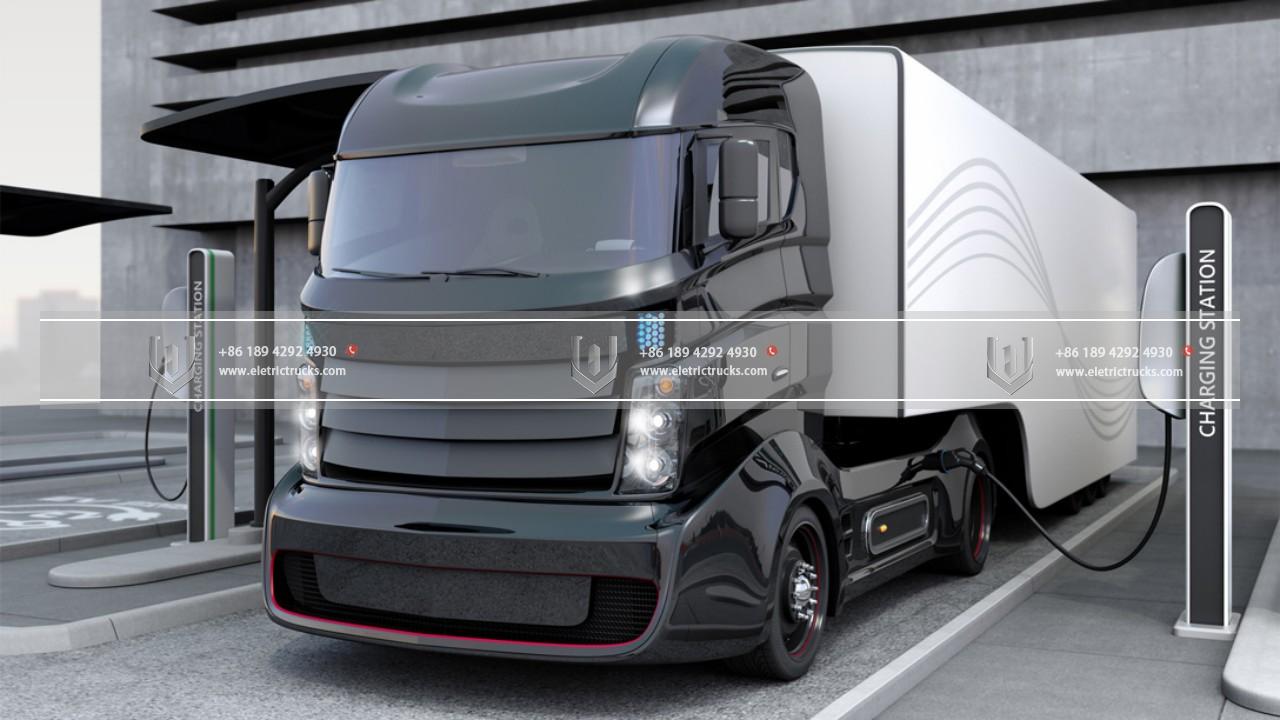Njohuri për kamionët elektrikë
Driving the Future: Electric Trucks in the Fast Lane
In recent years, të automotive industry has witnessed a remarkable shift towards automjetet elektrike (EVs) as a sustainable and eco-friendly alternative to traditional gasoline-powered cars. While electric cars have garnered significant attention and adoption, another segment of the transportation industry is rapidly catching up: kamion elektriks. With advancements in technology and growing environmental concerns, kamion elektriks are poised to revolutionize the way goods are transported, offering a cleaner, quieter, and more efficient future for the logistics sector.
Electric trucks, also known as e-trucks, are designed to run on electricity rather than diesel or gasoline. They are powered by large battery packs that provide the necessary energy for propulsion. This transition from fossil fuel-based engines to electric power offers several advantages, both from an environmental and economic standpoint.
One of the primary benefits of kamion elektriks is their positive impact on the environment. Traditional trucks are notorious for their high carbon emissions, contributing significantly to air pollution and global warming. In contrast, kamion elektriks produce zero tailpipe emissions, resulting in cleaner air and reduced greenhouse gas emissions. By replacing diesel-powered vehicles with electric alternatives, we can make substantial progress in combating climate change and creating a sustainable future.
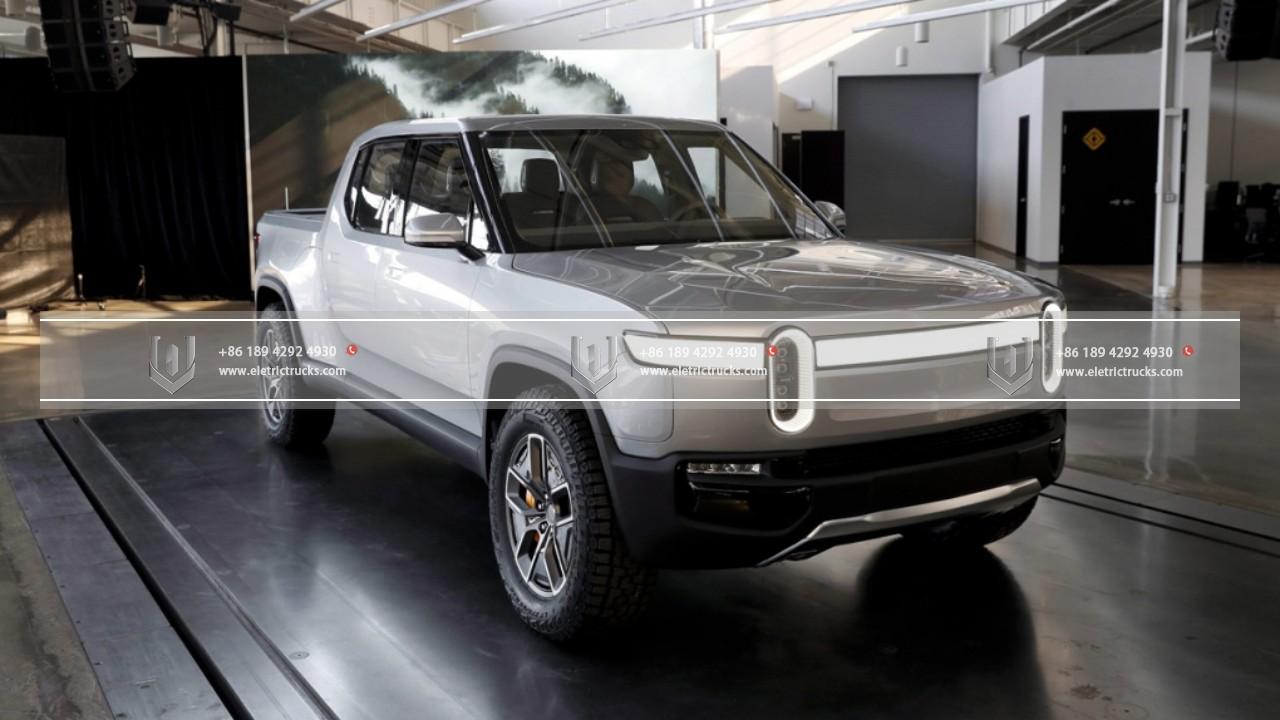
Për më tepër, kamion elektriks offer significant cost savings in terms of fuel and maintenance. The operational costs of automjeti elektriks are considerably lower compared to their internal combustion engine counterparts. Electric trucks require less maintenance as they have fewer moving parts and do not require oil changes or complex engine repairs. Për më tepër, the cost of electricity is typically lower than the cost of diesel or gasoline, leading to substantial savings over the lifespan of an kamion elektrik. Fleets and logistics companies stand to benefit from reduced operational expenses, making kamion elektriks an attractive investment.
In recent years, major automakers and technology companies have made significant strides in developing kamion elektriks that meet the demands of the transportation industry. Tesla, the renowned electric vehicle manufacturer, unveiled its electric semi-truck, të Tesla Semi, with impressive specifications. Të Tesla Semi boasts a range of up to 500 miles on a single charge, making it suitable for long-haul transportation. With its innovative design and advanced technology, të Tesla Semi has garnered attention from several major companies, including Walmart and FedEx, who have already placed pre-orders.
Për më tepër, traditional truck manufacturers like Daimler and Volvo have also embraced the electric truck revolution. Daimler’s Freightliner eCascadia and Volvo’s VNR Electric are among the leading electric truck models entering the market. These companies are investing heavily in research and development to improve battery technology, increase range, and enhance charging infrastructure to facilitate widespread adoption.
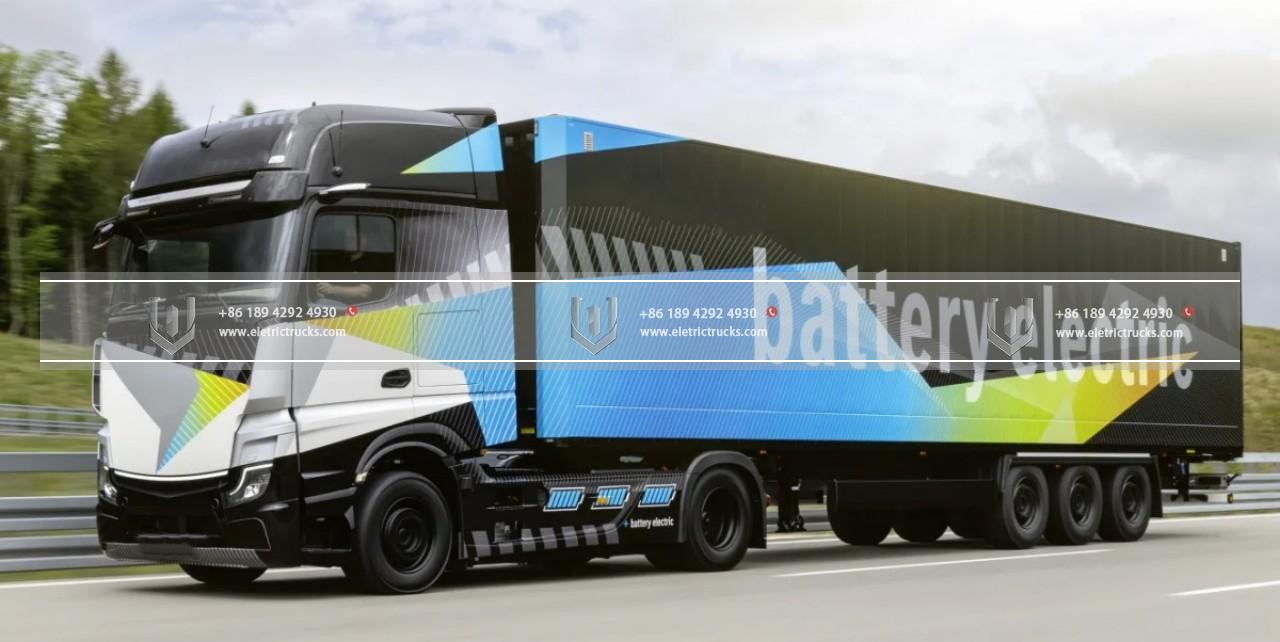
Charging infrastructure is a critical aspect of electric truck deployment. To support the growing fleet of kamion elektriks, it is crucial to establish a robust network of charging stations across major highways and logistics hubs. Governments and private companies are recognizing this need and are actively investing in expanding charging infrastructure. Initiatives such as Electrify America and Tesla’s Supercharger network are paving the way for convenient and accessible charging options for electric truck owners.
Despite the progress made, challenges remain in the widespread adoption of kamion elektriks. One of the primary concerns is range anxiety, especially for long-haul transportation. However, advancements in battery technology are continuously improving the range of kamion elektriks, and it is expected that future models will offer even greater mileage on a single charge. Për më tepër, the development of fast-charging technology will minimize downtime and allow for efficient use of kamion elektriks on long-haul routes.
Another challenge lies in the weight and size of batteries, as they add significant mass to the vehicles. However, ongoing research is focused on developing lighter and more energy-dense batteries that can deliver the required power without compromising the payload capacity of trucks.
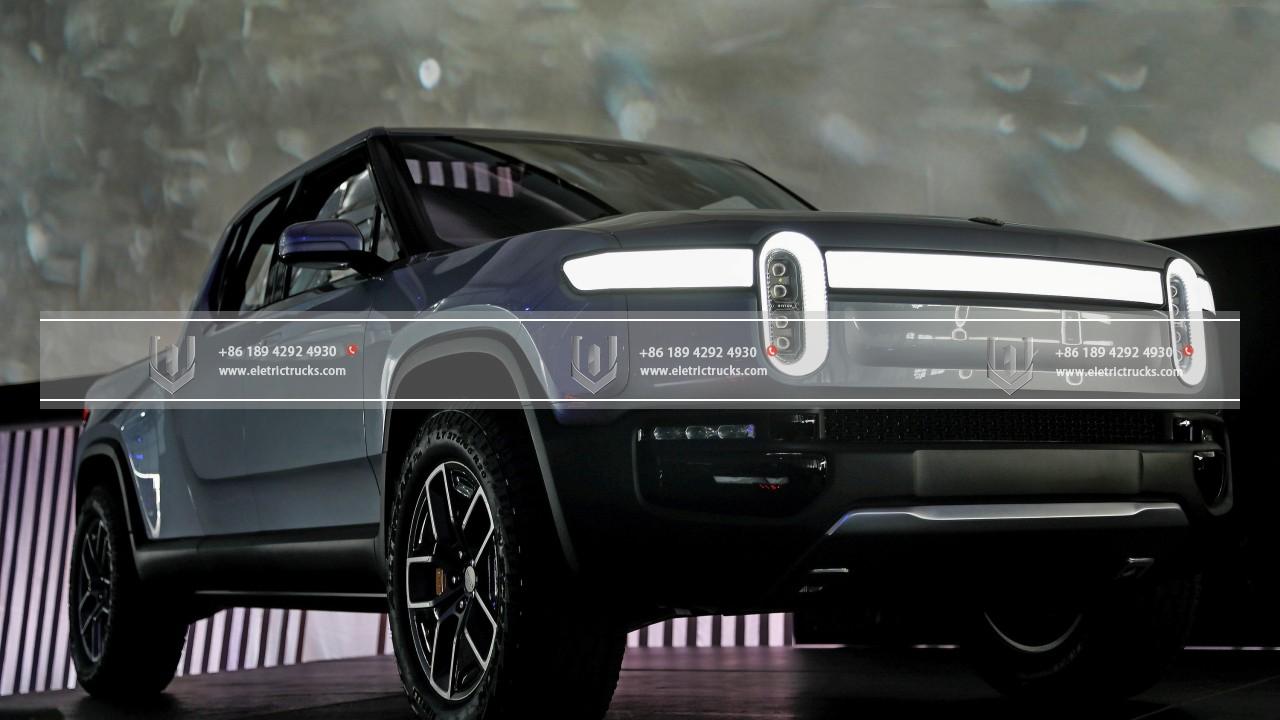
Për më tepër, collaboration between manufacturers, government entities, and stakeholders in the logistics industry is vital to address these challenges and accelerate the adoption of kamion elektriks. Incentives, subsidies, and regulatory measures can play a crucial role in encouraging fleet owners to transition to electric vehicles. Governments around the world are already implementing policies to support the deployment of kamion elektriks and promote sustainable transportation.
Për më tepër, the benefits of kamion elektriks extend beyond environmental and economic advantages. They also offer improved driving experience and enhanced safety features. Electric trucks are known for their smooth and quiet operation, eliminating the noise pollution associated with traditional diesel engines. This characteristic is particularly valuable for urban areas and residential neighborhoods, where noise reduction is a significant concern. The quiet operation of kamion elektriks also enhances driver comfort, reducing fatigue and contributing to a safer driving environment.
Për më tepër, kamion elektriks often come equipped with advanced safety features and driver-assist technologies. These include collision avoidance systems, adaptive cruise control, and lane departure warnings, among others. These technologies help reduce the risk of accidents, improve overall road safety, and protect both drivers and pedestrians. With the integration of autonomous driving capabilities, kamion elektriks have the potential to revolutionize the transportation industry even further, enabling efficient and safe long-haul journeys.
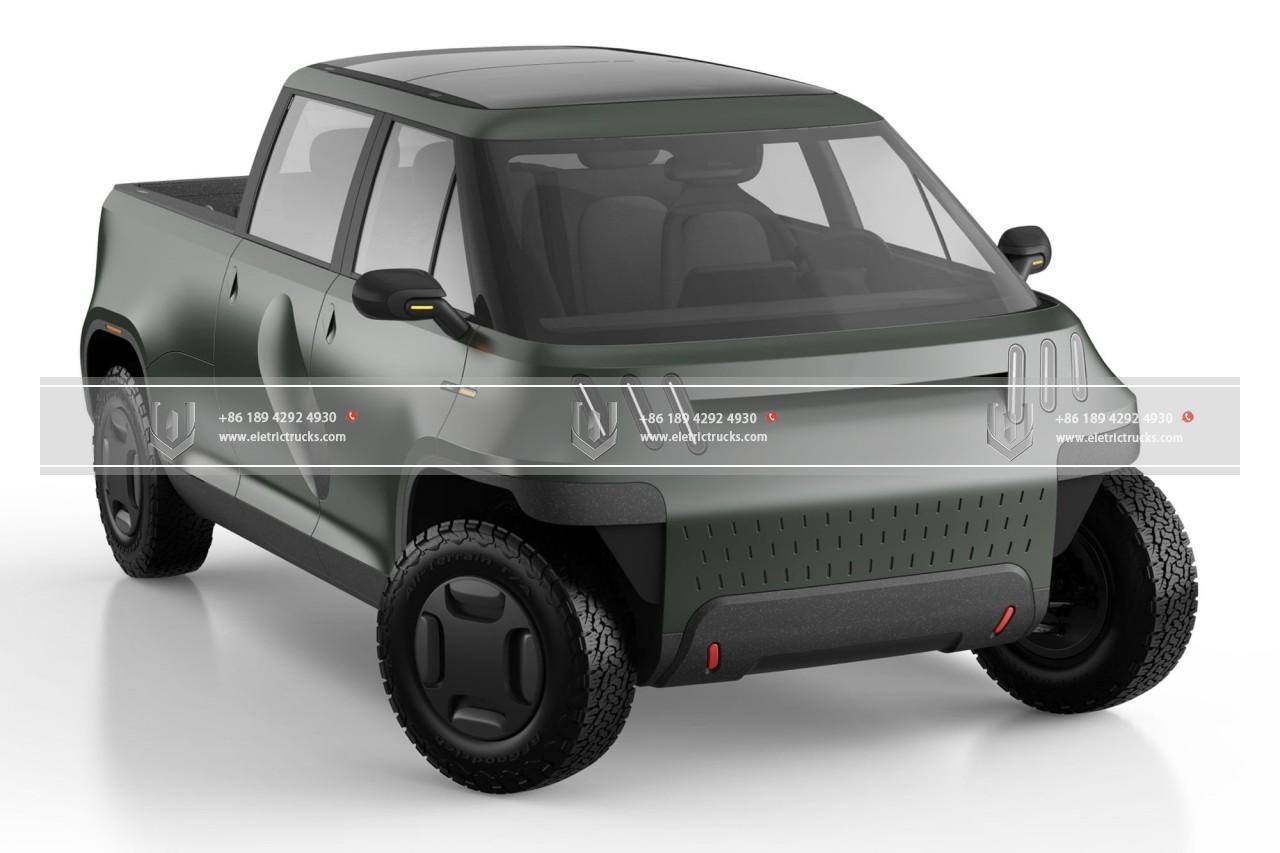
The adoption of kamion elektriks is not limited to the commercial sector. Municipalities and government agencies are also recognizing the benefits of electric truck deployment in their fleets. From waste management and public transportation to maintenance and delivery services, kamion elektriks offer a sustainable and cost-effective solution for various public sector applications. By transitioning their fleets to automjeti elektriks, governments can lead by example and contribute to the overall reduction of greenhouse gas emissions and air pollution.
Për më tepër, the growth of kamion elektriks has a positive ripple effect on other industries. The demand for components and materials used in kamion elektrik manufacturing, such as lithium-ion batteries and electric drivetrains, stimulates innovation and investment in the renewable energy sector. This, in turn, leads to job creation and economic growth. The development of a robust electric truck ecosystem also fosters collaboration between different sectors, including energy providers, charging infrastructure companies, and logistics operators, resulting in a more integrated and sustainable transportation network.
Si electric truck industry continues to evolve, it is essential to address some of the remaining challenges. One of these challenges is the scalability of the charging infrastructure. While progress has been made in expanding charging networks, there is still a need for further investment to ensure convenient and widespread access to charging stations, especially in rural areas and along long-haul routes. Governments, energy companies, and other stakeholders must work together to develop a comprehensive charging infrastructure plan that supports the growth of kamion elektriks.
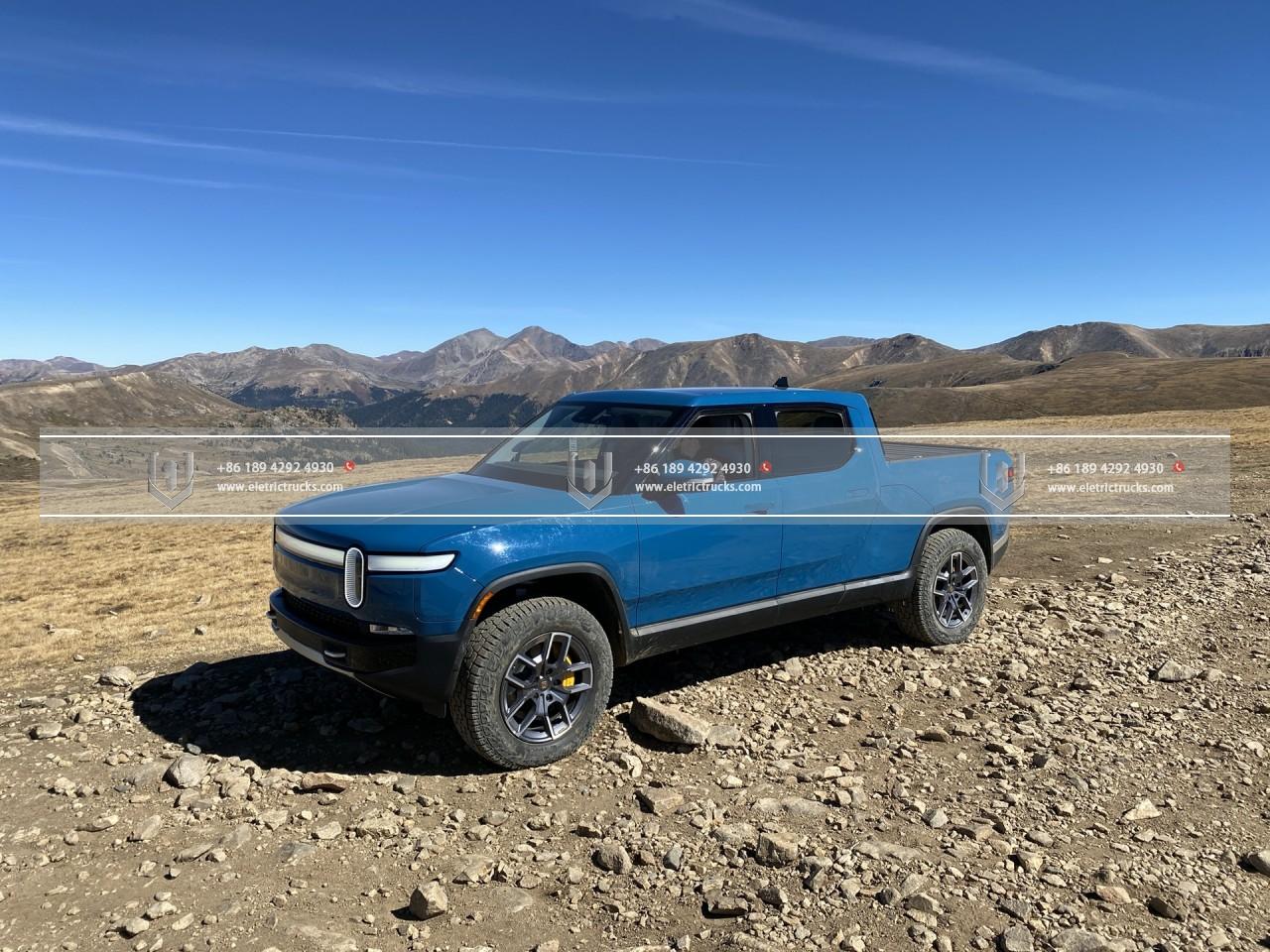
Another consideration is the recycling and disposal of batteries. As the number of kamion elektriks on the road increases, so does the volume of batteries that will eventually reach the end of their lifespan. Establishing effective and sustainable battery recycling programs is crucial to minimize environmental impact and ensure the responsible management of these resources.
Si përfundim, kamion elektriks are on the fast lane toward a sustainable and efficient future. With their environmental benefits, cost savings, improved driving experience, and safety features, they offer a compelling alternative to traditional diesel-powered trucks. The ongoing advancements in technology, coupled with supportive policies and infrastructure development, will continue to drive the adoption of kamion elektriks across the globe. As we embrace this transformative shift in the transportation industry, we can pave the way for a greener, cleaner, and more sustainable future on the roads. Electric trucks are not just a fleeting trend; they are the driving force behind a revolution in how we transport goods, and they are here to stay.
